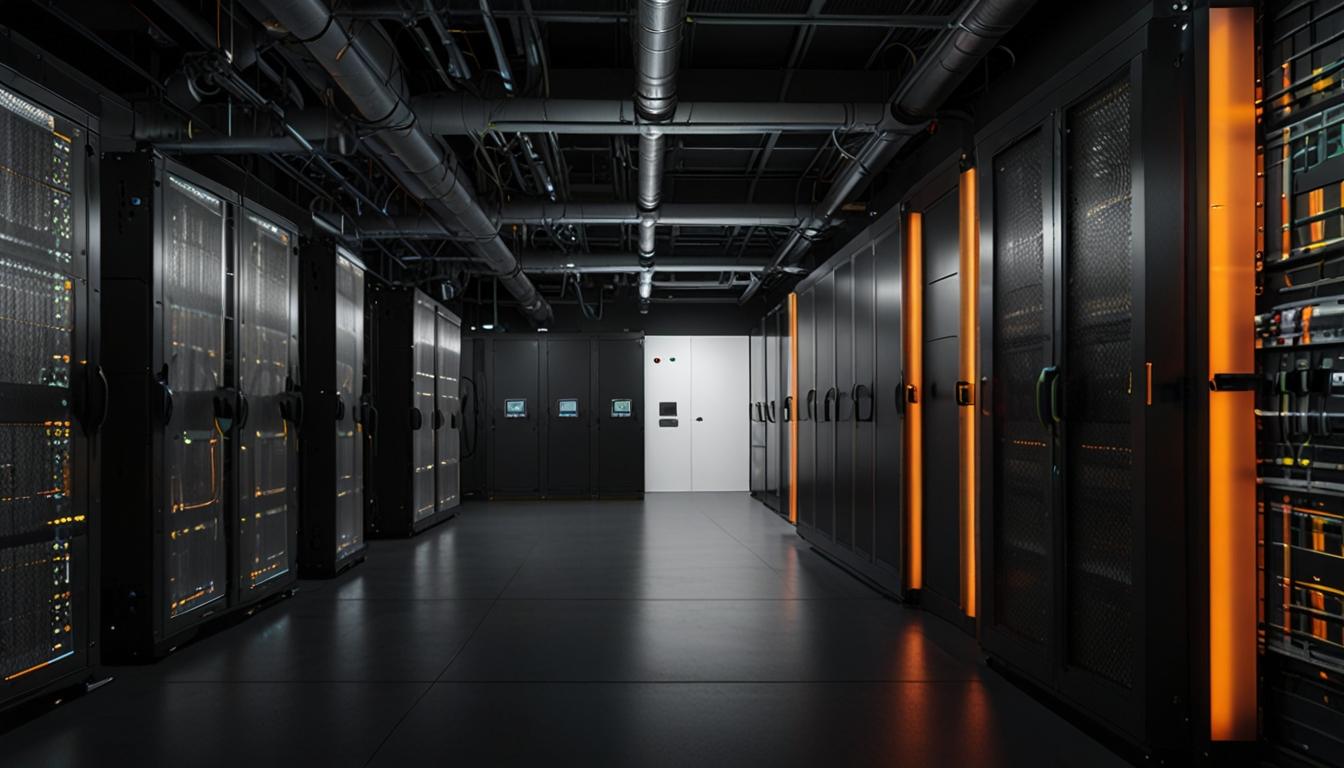Google’s greenhouse gas emissions have increased by 48% in the past five years, driven by the growth of data centers supporting AI systems. The rise in emissions casts uncertainty on Google’s ability to achieve its 2030 net zero target, with energy-related emissions and supply chain emissions showing significant increments.
Google’s Emissions Surge Amid AI Expansion
Google’s greenhouse gas emissions have risen by 48% over the past five years, primarily due to the expansion of its data centers supporting artificial intelligence (AI) systems. According to Google’s annual environmental report released on Tuesday, the company’s emissions reached 14.3 million tonnes of carbon equivalent in 2023, marking a 13% increase from the previous year.
The significant rise in emissions brings into question Google’s commitment to achieving “net zero” emissions by 2030. Chief Sustainability Officer Kate Brandt highlighted the complexities and unpredictability of the environmental impact of AI while reaffirming Google’s dedication to its 2030 target.
The report detailed that Google’s energy-related emissions, mainly from data center electricity consumption, increased 37% year-on-year, constituting a quarter of the company’s total greenhouse gas emissions. Additionally, supply chain emissions, which account for 75% of Google’s total emissions, grew by 8%.
In terms of energy consumption, Google’s data centers saw a 17% increase in electricity usage in 2023, representing an estimated 7-10% of global data center electricity consumption. Water consumption by these data centers also rose by 17% compared to the previous year.
Similar trends are observed among other tech giants such as Microsoft, whose emissions have also increased significantly due to data center expansion. Analysts caution that the growing power demands of AI may soon exceed current electricity supply in the United States.
Google has pledged to achieve net zero across both direct and indirect greenhouse gas emissions by 2030 and aims to operate on carbon-free energy around the clock at every grid it serves by the same year. However, the report noted setbacks, including the termination of several clean energy projects in 2023, which impacted the availability of renewable energy.
Contact Information
For further details or inquiries, readers are encouraged to refer to the original sources or reach out to Google’s environmental sustainability team.
Copyright © 2024 The Financial Times Limited. All rights reserved.
